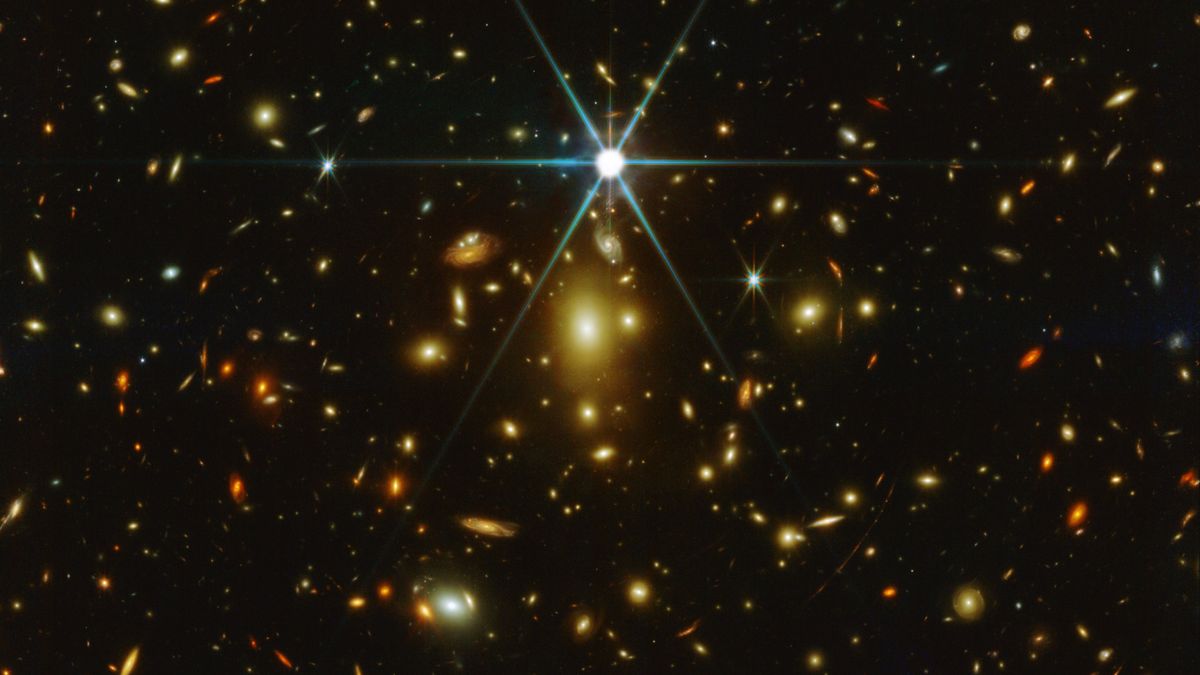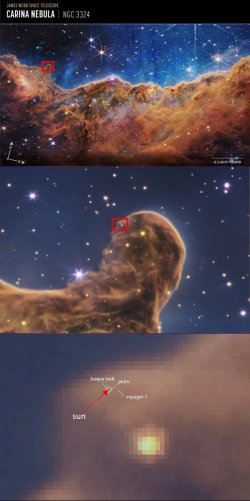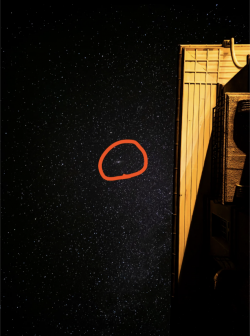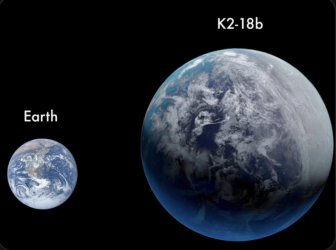The James Webb Space Telescope has caught a glimpse of the most distant star known in the universe.
The star, named Earendel, after a character in J.R.R. Tolkien's "Lord of the Rings" prequel "The Silmarillion," was discovered thanks to gravitational lensing in a Hubble Space Telescope deep field image. The star, whose light took 12.9 billion years to reach Earth, is so faint that it might be rather challenging to find it in the new James Webb Space Telescope image

 www.space.com
www.space.com
The star, named Earendel, after a character in J.R.R. Tolkien's "Lord of the Rings" prequel "The Silmarillion," was discovered thanks to gravitational lensing in a Hubble Space Telescope deep field image. The star, whose light took 12.9 billion years to reach Earth, is so faint that it might be rather challenging to find it in the new James Webb Space Telescope image

James Webb Space Telescope glimpses Earendel, the most distant star known in the universe
The star's discovery by the Hubble Space Telescope was only announced earlier this year.





